Everything you want to know about pesticides
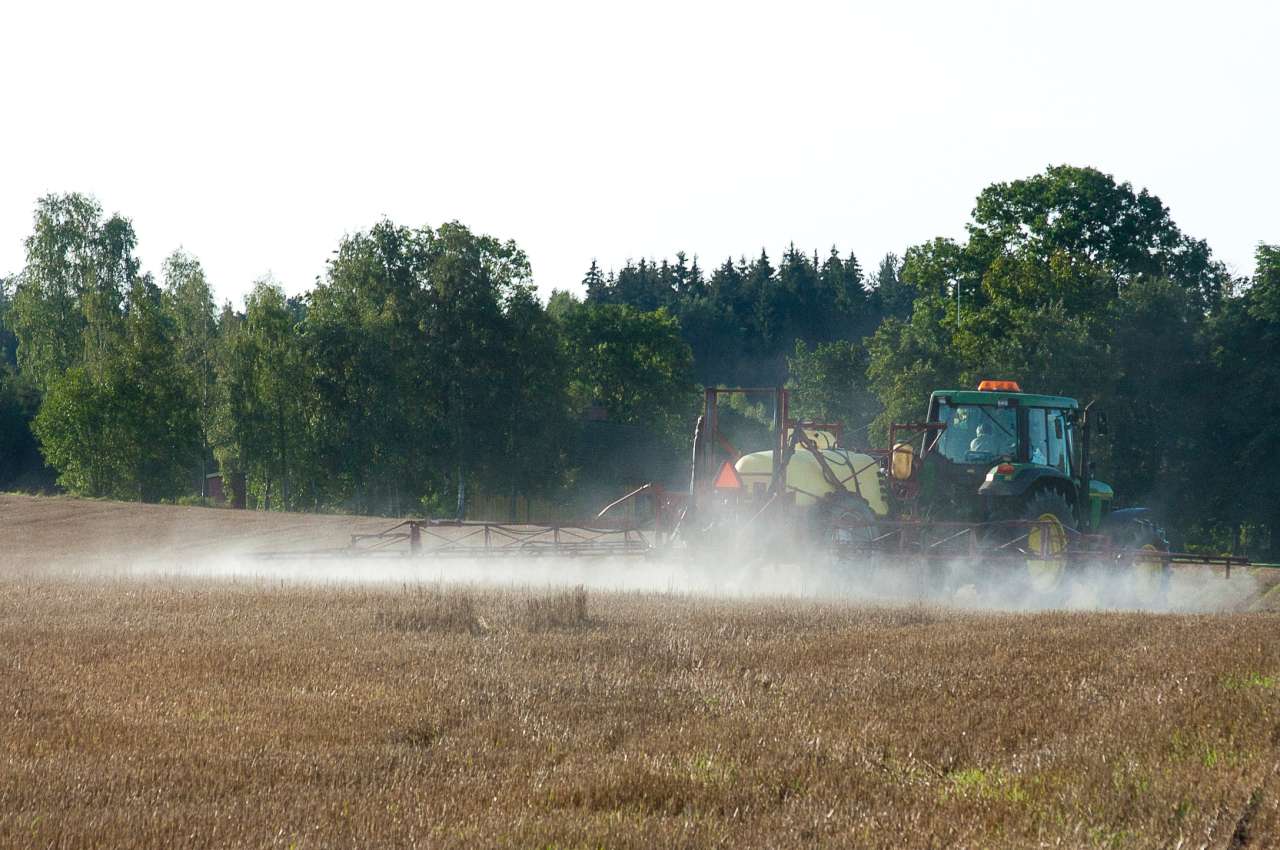
In Northern Europe, weeds and pests can cause potential crop losses of up to 60%. Pesticide use is an important measure for Norwegian farmers to prevent such losses. Photo: Erling Fløistad
In Norway, there is a goal of being less dependent on chemical pesticides while also reducing the risks associated with using such substances. But what exactly are pesticides? Here is an overview of the most important things you need to know on the subject.
How much pesticides do we use in Norway?
According to a survey by Statistics Norway from 2022, 32% of agricultural land in Norway is treated with chemical pesticides. This land includes areas used for producing cereal, vegetables, potatoes, grass and forage. On average, chemical pesticides were used on 91% of areas dedicated to cereal, vegetable, and potato production. Less than 6% of meadow and pasture areas were treated with chemical pesticides.
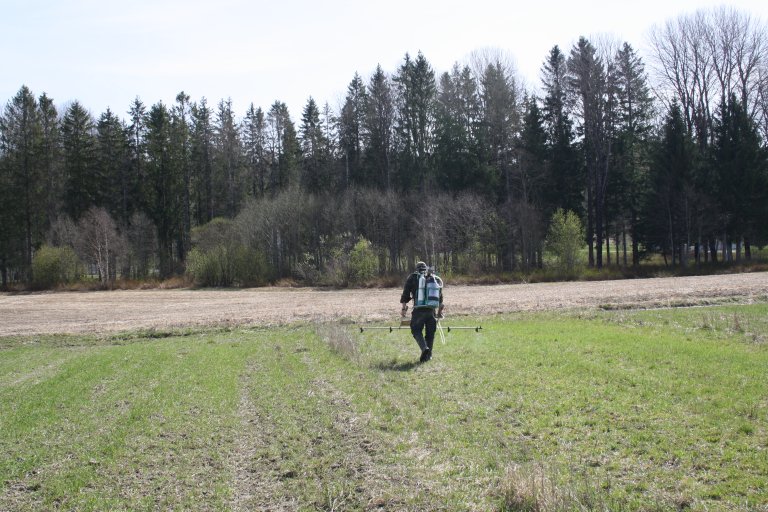
What are pesticides?
A simple yet key question follows: What are pesticides? The Norwegian Food Safety Authority, which manages pesticide authorizations in Norway, uses this definition: “Pesticides are used to protect plants and seeds from pests, fungal diseases, and weeds.” Intuitively, pesticides can thus be divided into three categories – products against insect pests, fungal diseases, and weeds. From the statistics mentioned earlier, 64% of the total amount of chemical pesticides used is for weed control, 20% for fungal diseases, and 2% is used to manage insects.

Are pesticides harmful?
– Whether pesticides are harmful to non-target organisms or not, depends on the type of pesticide in question. What we typically think of as pesticides are the synthetic chemical pesticides, Birgitte Henriksen explains. She is head of NIBIO’s department for fungal plant pathology in forestry, agriculture, and horticulture.
– The negative effects of chemical pesticides on humans depend partly on the type of organism the pesticide is meant to target. Generally, the more similar these organisms are to humans, the more harmful the pesticide is to us. This is why herbicides are typically the least harmful to humans, followed by fungicides, and lastly insecticides, which generally are the most harmful to humans, Henriksen elaborates.
On behalf of the Norwegian Food Safety Authority, NIBIO continuously monitor the pesticide residue levels in food on the Norwegian market. This is an important measure to ensure that food sold in Norwegian grocery stores is safe to eat.
Pesticides can pose risks not only to humans but also to the surrounding environment.
– Pesticides will affect local ecosystems, both in soil and water, and may have harmful effects on the biodiversity, says Tore Bonge-Hansen, head of NIBIO’s department of pesticides and natural products chemistry.
– Unfortunately, there is a lot we don’t know about how pesticides affect the environment. Therefore, we have established monitoring programs for soil and water in agricultural areas. This monitoring helps us understand how pesticides are transported in the environment and how they affect life in water, soil, on agricultural land and in neighbouring areas.
To reduce risks to health and the environment, pesticides used in Norway are thoroughly tested and evaluated, and their use is strictly regulated by the Norwegian Food Safety Authority. Many chemical pesticides are developed to specifically target certain harmful plant pest organisms to reduce risks of non-target effects compared to more broad spectrum pesticides targeting a wider range of organisms. Efforts are constantly made to keep pesticide use as low as possible. Pesticides should only be used when it is necessary to prevent significant losses in crop yield or quality.
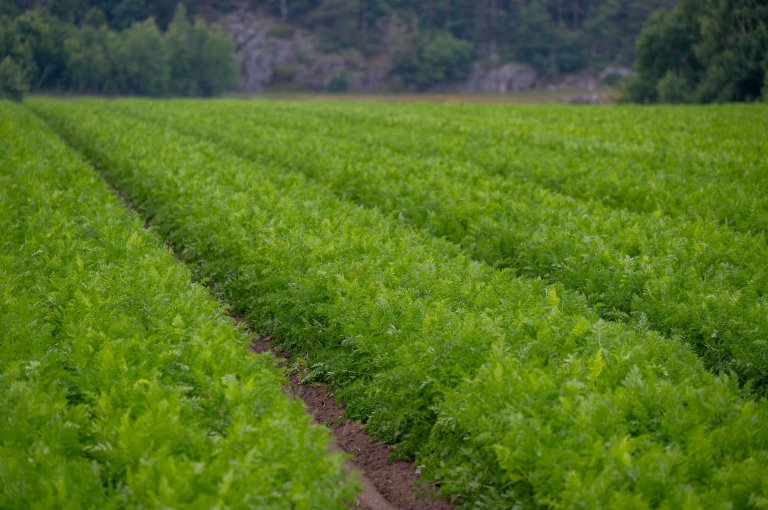
Why are pesticides used?
In agriculture, pesticides are used to ensure high yields and healthy crops. Our cultivated plants have many enemies, which can either compete with them for resources, eat them, or make them sick. In Northern Europe, it is estimated that weeds and pests can cause potential crop losses of up to 60%. The use of pesticides is an important measure for Norwegian farmers to prevent such large losses. In addition to reduced yield, pests can damage the quality of the crop. For instance, certain fungi can produce toxins in cereal, making them unsafe for human consumption or ruin crops in storage.
Are there any alternatives to pesticides?
– Because chemical pesticides may be harmful to humans, animals, and/or the environment, there is a need to find alternatives to traditional chemical products that pose lower health and environmental risks, says Anette Sundbye. She is a researcher at NIBIO and has worked extensively with alternative pesticides.
– In addition, many chemical pesticides are unfortunately being withdrawn from the market or lose their approval for various reasons. This can make conventional farming challenging. To prevent farmers from abandoning growing certain crops, we need to introduce more effective alternative products, she adds.
Under the broad term “alternative pesticides” are products with various mechanisms for preventing crop loss. These products have a natural origin and directly or indirectly inhibit harmful organisms. They may include animal-derived, plant-based, or mineral substances, or beneficial microorganisms. Others are natural or synthetic substances that can stimulate the plant’s own immune system.
– Usually, these alternative products are less effective than chemical pesticides, and they often involve a more labour-intensive application/spraying process, with more frequent treatments. This can be frustrating for farmers, Sundbye explains.
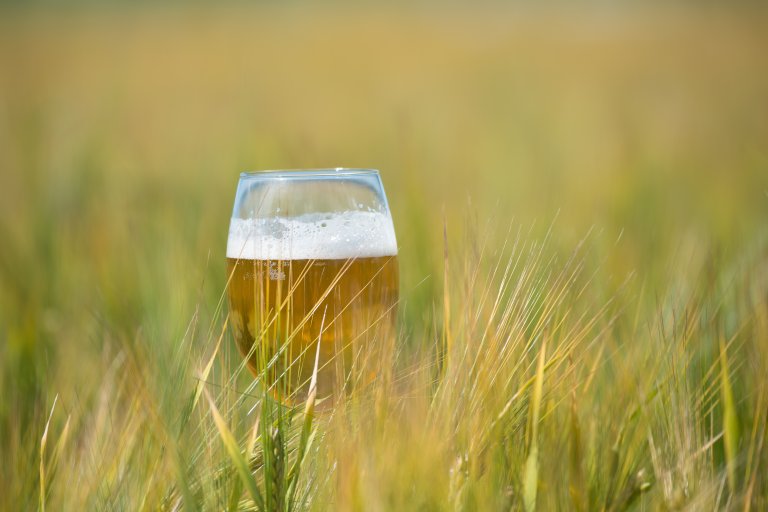
How can we reduce the need for chemical pesticides?
NIBIO is working to reduce the need for pesticides in various ways, including through Integrated Pest Management (IPM).
– Integrated Pest Management involves considering all available measures to prevent the development of pest problems, explains NIBIO researcher Nina Trandem.
– Chemical pesticides should only be used when other measures do not give adequate results.
All users of professional plant protection products are required to follow the principles of Integrated Pest Management. The first principle is to use preventive measures.
– Preventive work is crucial to reducing pesticide use, says Trandem.
– To give crops the best possible start, it’s essential to use healthy plant material. It is also important to establish a good crop rotation system to prevent pests from having host plants available across multiple seasons. Such preventive measures are especially important for limiting organisms for which there are no chemical control options. This applies to an increasing number of pests as more pesticides are banned from use.
Another principle of IPM is monitoring pests. Through the notification service VIPS, NIBIO develops models that predict the risk of attacks by key pests in different crops based on weather data. These alerts guide farmers on when it is necessary to spray the crops, ensuring an efficient use of pesticides.
There are also other control methods to consider before resorting to pesticides. Marianne Stenrød, director of NIBIO’s division of biotechnology and plant health, explains that NIBIO has several projects investigating the effectiveness of various alternative measures.
– Some projects study alternative pesticides, while others explore mechanical methods to control pest organisms. One promising method is using steam to manage certain insects, fungi, and nematodes in both soil and living plants. Biological control is also an important alternative, and NIBIO’s research areas include how organisms such as fungi, bacteria, and insects can be used in pest control.
Despite preventive measures and alternative methods, it may still be necessary to use chemical products. NIBIO is therefore developing new technological solutions to make pesticide use more precise. For example, using machine learning and image recognition, it is possible to develop sprayers that can identify weeds and only spray the weed itself. NIBIO is also involved in projects developing sensors to detect pests in the field, including through scent detection. This helps ensure a more targeted use of pesticides.
Birgitte Henriksen explains that a reduced use of pesticides benefits everyone:
– Avoiding unnecessary pesticide use will reduce the negative impacts for both people and the environment. Pesticide use also costs time and money. More importantly, reducing use helps maintain the effectiveness of pesticides. Just like with antibiotics, overuse can lead to resistance in pest organisms. By avoiding unnecessary pesticide use, we preserve their effectiveness for when we really need them to ensure safe food production.
Contacts

Everyday pesticides
You may already have items in your kitchen that can function as alternative pesticides. There are several basic substances, primarily used for purposes other than pest control, which have low health and environmental risks. These are often allowed in organic farming. On the Norwegian Food Safety Authority’s list of basic substances, you can find everyday household products such as vinegar, baking soda, sunflower oil, and beer.
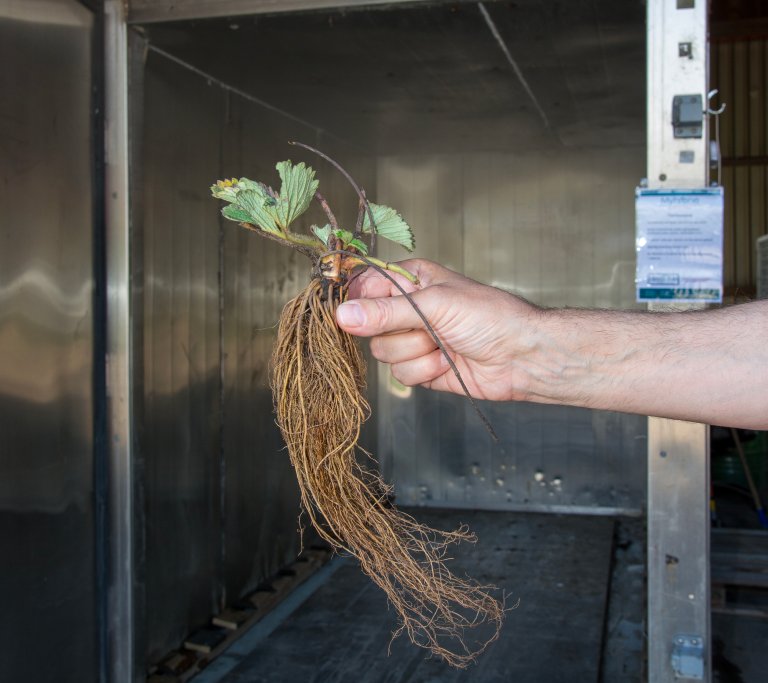
Contacts


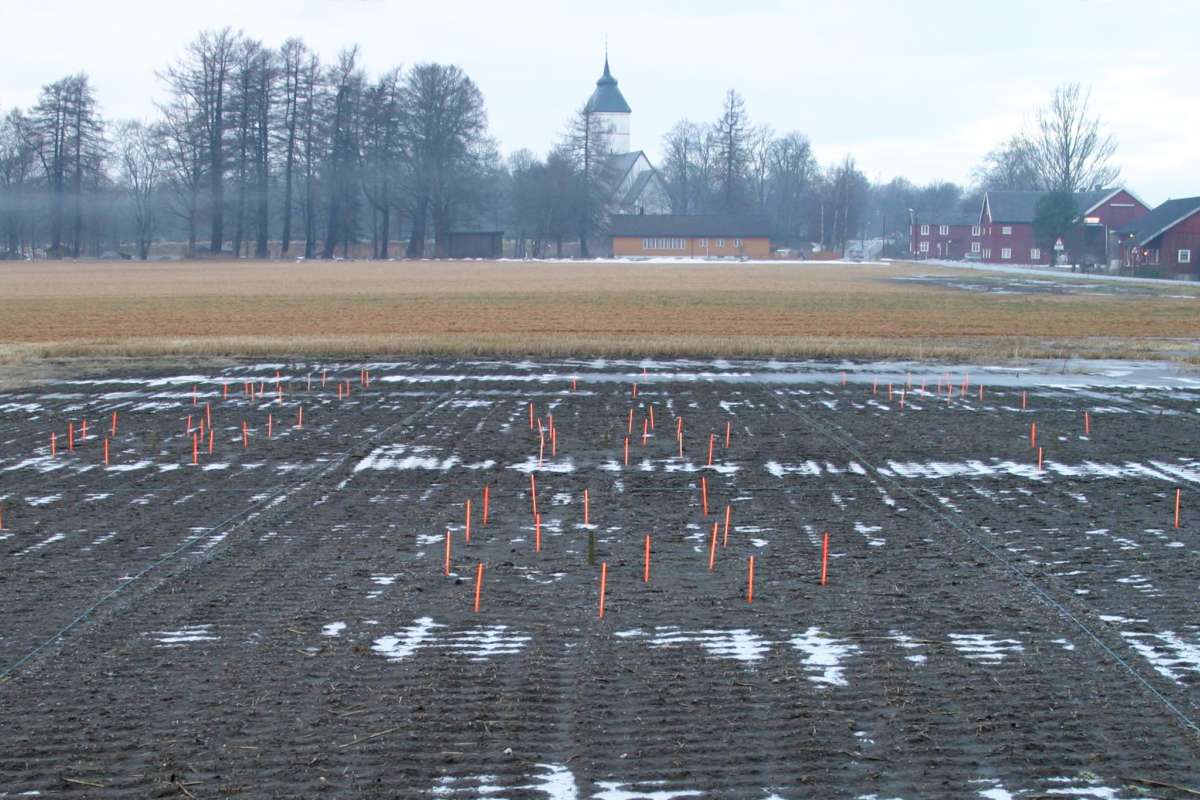
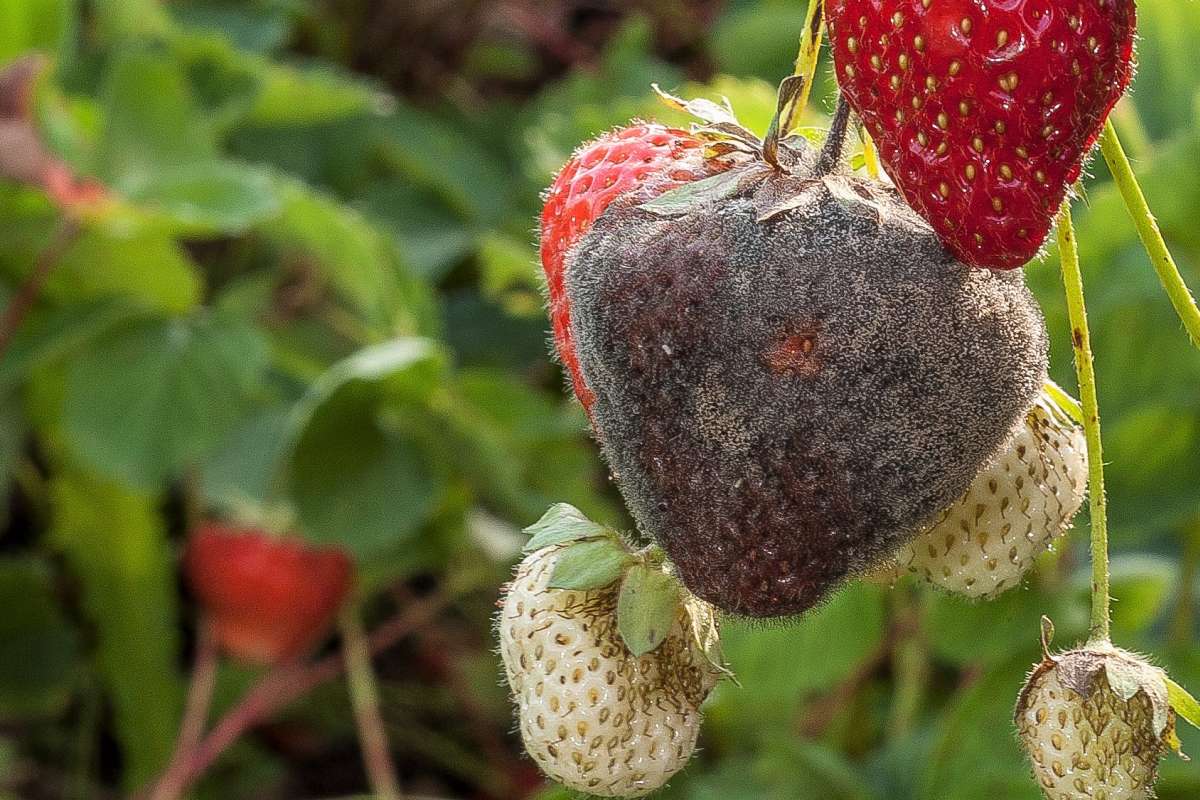
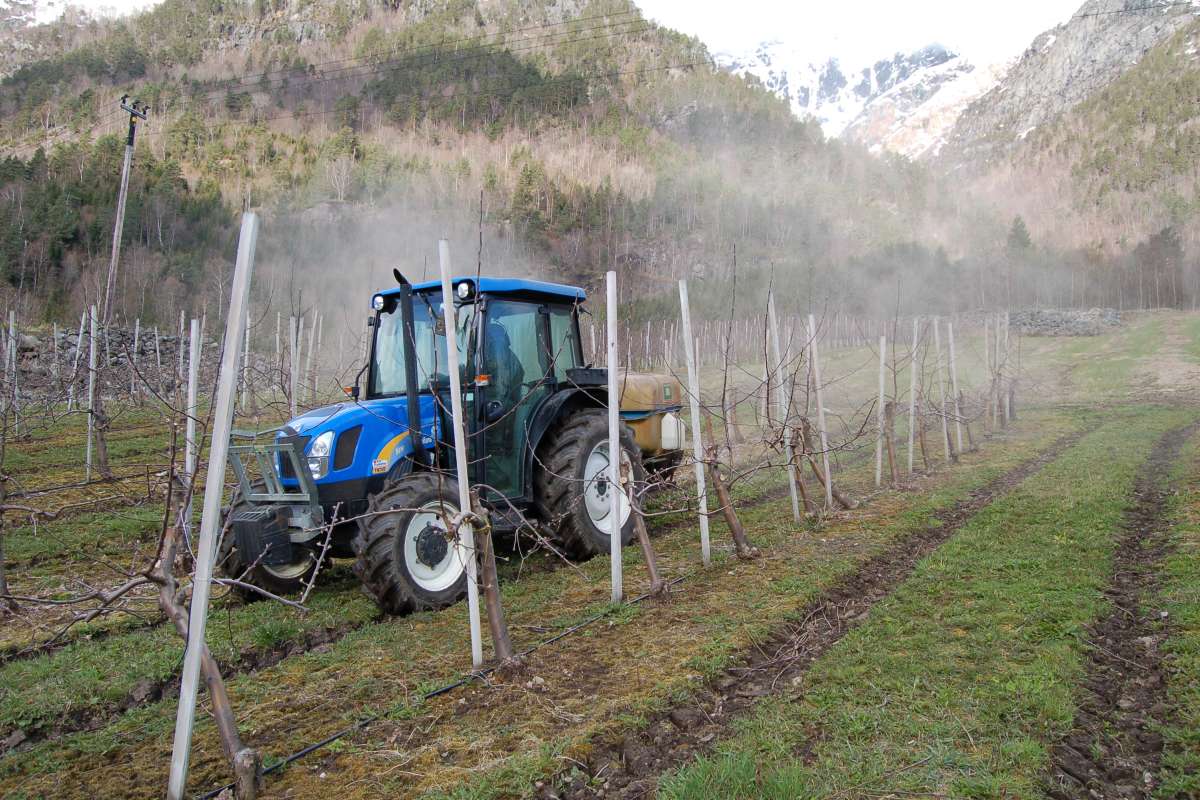
_Erling%20Fl%C3%B8istad_cropped.jpg?quality=60)